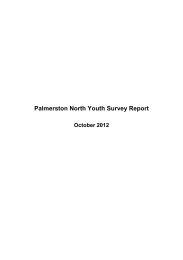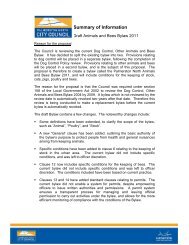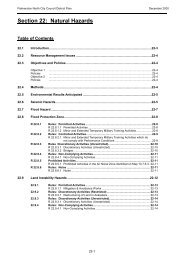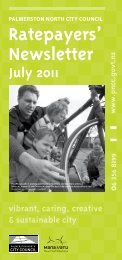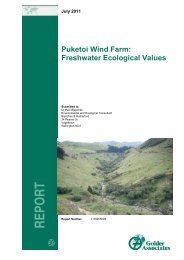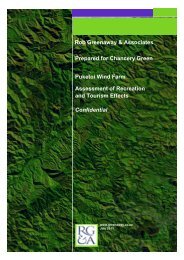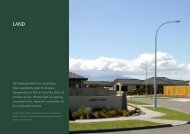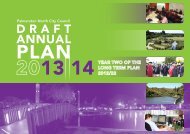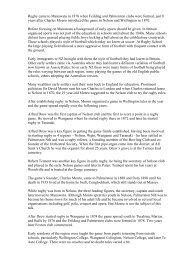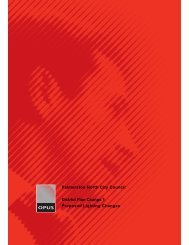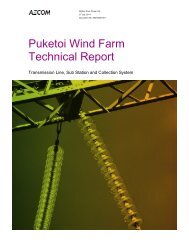Rural-Residential Land Use Strategy Discussion Document - May
Rural-Residential Land Use Strategy Discussion Document - May
Rural-Residential Land Use Strategy Discussion Document - May
You also want an ePaper? Increase the reach of your titles
YUMPU automatically turns print PDFs into web optimized ePapers that Google loves.
Resource Allocation Pressures<br />
1. The current District Plan identifies a large expanse of land for rural-residential development. Should<br />
the Council review the current extent of the <strong>Rural</strong> <strong>Residential</strong> Area Overlay, which is made available for<br />
rural-residential development? Why?<br />
<strong>Discussion</strong> point four: <strong>Rural</strong>-residential subdivision – development controls and environmental design<br />
Subdivision has a significant impact on the design of places and the essence of rural community – from<br />
the layout of the roading to the orientation of the lots, the number of sections (lots) and the overall<br />
density of development. Some examples of how design can positively contribute to good environmental<br />
and community outcomes, include:<br />
• designing the subdivision to take into account and respond to natural landforms and features and the<br />
wider environment.<br />
• roading in a north-south direction to maximise sunlight for properties and houses<br />
• providing for a variety of lot sizes and dimensions<br />
• setting design controls for infrastructure (water storage tanks), so that these are screened from view.<br />
The Urban Design <strong>Strategy</strong><br />
The Council became a signatory to the NZ Urban Design Protocol in June 2010 and adopted an Urban<br />
Design <strong>Strategy</strong> in September 2010. This strategy presents a vision for the physical development of<br />
Palmerston North that will contribute to the City being recognised as vibrant, caring, creative and<br />
sustainable.<br />
The strategy acknowledges the importance of providing choices of living spaces and lifestyles. It also<br />
acknowledges the importance and value of the City’s natural landscapes in providing character to<br />
different parts of the City and the benefits of incorporating environmental features in the design of<br />
subdivision developments.<br />
This strategy presents a few challenges for rural-residential development and directs the <strong>Rural</strong> Zone<br />
Review towards ensuring that rural-residential development occurs in planned locations with clear policy<br />
differences between rural and rural-residential development in Council’s strategies, policies and plans.<br />
The challenges identified in the Urban Design <strong>Strategy</strong> are:<br />
• desire for city services, transport impacts, loss of productive land and sensitivity to rural activities<br />
• interactions with planning for urban areas of the City and infrastructure provision (e.g. roads)<br />
The design and control of rural subdivision is crucial for ensuring high quality living and working<br />
environments, which are environmentally compatible.<br />
19



